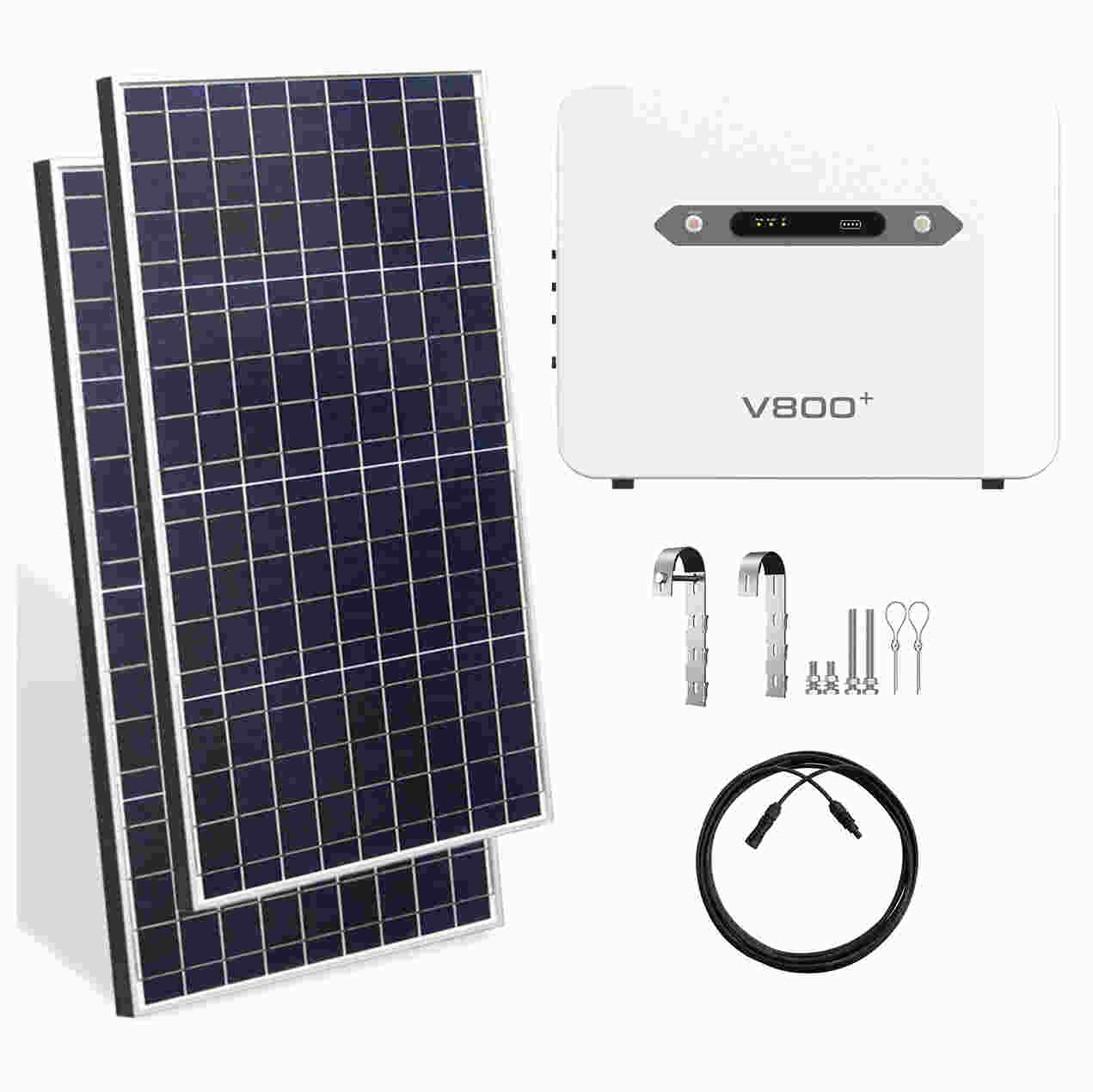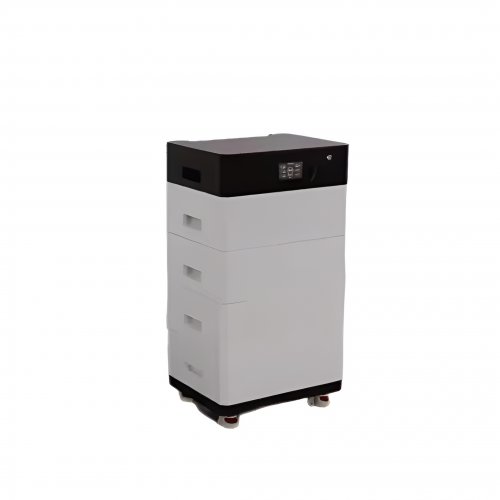Supply Chain Developments News: Navigating Disruption Through Technology And Strategic Realignment
The global supply chain landscape continues to evolve at an accelerated pace, moving beyond the acute disruptions of recent years into a new phase defined by technological integration, strategic realignment, and a heightened focus on resilience. Current industry developments reflect a sector in transition, where legacy practices are being systematically re-evaluated and replaced by data-driven, agile models.
Latest Industry Dynamics
A significant recent development is the accelerated adoption of Artificial Intelligence (AI) and Machine Learning (ML) beyond pilot programs into core operational functions. Major logistics firms and retailers are deploying these technologies for predictive analytics, forecasting demand fluctuations with greater accuracy, and optimizing inventory levels in real-time. For instance, several multinational corporations have implemented AI-powered platforms that dynamically reroute shipments in response to real-time port congestion data, weather events, or sudden changes in customs clearance protocols, mitigating delays before they cascade through the network.
Concurrently, the trend of near-shoring and friend-shoring continues to gain momentum. Geopolitical tensions, trade policy shifts, and a reassessment of the risks associated with single-region sourcing have prompted companies to diversify their manufacturing and supplier bases. Countries in Mexico, Southeast Asia, and Eastern Europe are seeing increased foreign investment as firms seek to create shorter, more manageable, and politically stable supply lines closer to key consumer markets in North America and Europe. This is not a full-scale reversal of globalization but a strategic move towards regionalization.
Furthermore, sustainability has transitioned from a corporate social responsibility initiative to a core operational imperative. New regulations, such as the European Union's Carbon Border Adjustment Mechanism (CBAM), are forcing companies to gain unprecedented visibility into their Scope 3 emissions—those generated throughout their value chain. This is driving investment in technologies that can track the carbon footprint of components and finished goods from origin to destination.
Trend Analysis: The Shift from Linear to Networked
The overarching trend underpinning these developments is the shift from linear, sequential supply chains to interconnected, intelligent networks. The traditional model, often described as "just-in-time," prioritized efficiency and cost-saving above all else. Its modern successor, increasingly referred to as "just-in-case" or "just-in-time + resilience," embeds flexibility and visibility at every node.
This networked model relies on a digital twin—a virtual replica of the physical supply chain. This allows executives to simulate disruptions, test the impact of new strategies, and optimize flows in a risk-free environment. The integration of Internet of Things (IoT) sensors provides the critical data layer for this digital twin, offering real-time insights into the location, condition, and integrity of goods in transit.
Another critical trend is the rise of the "super-app" within logistics. Major software providers are consolidating functionalities—such as transportation management, warehouse management, trade finance, and customs clearance—into single, unified platforms. This end-to-end integration breaks down data silos, creating a single source of truth that enhances coordination between shippers, carriers, warehouses, and buyers.
Expert Perspectives
Industry experts largely agree on the direction of travel but offer nuanced views on the challenges and opportunities. Dr. Evelyn Reed, a supply chain strategist at the Global Institute for Trade, emphasizes the human element. "Technology is an enabler, not a panacea," she states. "The current developments demand a new skillset for supply chain professionals. Data literacy, strategic thinking, and the ability to manage AI-driven tools are becoming just as important as traditional logistics knowledge. The talent gap remains a significant hurdle for many organizations."
Mr. Ben Carter, a partner at a logistics consulting firm, focuses on the strategic shift. "The conversation has permanently changed," he observes. "CEOs and boards are no longer solely asking about cost per unit. They are asking about risk exposure, supplier diversification, and carbon footprint. The CFO's office is now deeply involved in supply chain decisions, evaluating investments in technology and nearshoring through the dual lenses of risk mitigation and long-term value creation, rather than short-term cost savings."
Looking forward, experts anticipate further consolidation of these trends. The adoption of AI will become more pervasive, moving from prediction to autonomous decision-making for routine logistics events. Blockchain technology, while developing slower than some predicted, is finding practical applications in proving provenance for high-value goods and ensuring the integrity of sustainability claims. However, this evolution is not without its headwinds. Cybersecurity threats to increasingly digitalized networks, the high capital investment required for transformation, and persistent geopolitical instability continue to pose significant risks.
In conclusion, the current developments in the supply chain sector illustrate a profound and lasting transformation. The industry is leveraging advanced technologies to build more transparent, resilient, and sustainable networks. While the path forward is complex and requires significant investment, the strategic realignment towards agility and data-driven decision-making marks a new chapter in global commerce, one where resilience is increasingly synonymous with competitiveness.
Customized/OEM/ODM Service
HomSolar Supports Lifepo4 battery pack customization/OEM/ODM service, welcome to contact us and tell us your needs.


HomSolar: Your One-stop LiFePO4 Battery Pack & ESS Solution Manufacturer
Our line of LiFePO4 (LFP) batteries offer a solution to demanding applications that require a lighter weight, longer life, and higher capacity battery. Features include advanced battery management systems (BMS), Bluetooth® communication and active intelligent monitoring.

Customised Lithium Iron Phosphate Battery Casing
ABS plastic housing, aluminium housing, stainless steel housing and iron housing are available, and can also be designed and customised according to your needs.

HomSolar Smart BMS
Intelligent Battery Management System for HomSolar Energy Storage System. Bluetooth, temperature sensor, LCD display, CAN interface, UART interface also available.


Terminals & Plugs Can Be Customized
A wide range of terminals and plugs can be customised to suit the application needs of your battery products.

Well-designed Solutions for Energy Storage Systems
We will design the perfect energy storage system solution according to your needs, so that you can easily solve the specific industry applications of battery products.



About Our Battery Cells
Our energy storage system products use brand new grade A LiFePO4 cells with a battery lifespan of more than 4,000 charge/discharge cycles.



Applications in Different Industries
We supply customized & OEM battery pack, assemble cells with wiring, fuse and plastic cover, all the cell wires connected to PCB plug or built BMS.
Applications: E-bike, Electric Scooter, Golf Carts, RV, Electric Wheelchair, Electric Tools, Robot Cleaner, Robot Sweeper, Solar Energy Storage System, Emergency Light, Solar Power Light, Medical Equipment, UPS Backup Power Supply.
We can provide you with customized services. We have the ability to provide a vertical supply chain, from single cells to pack/module and to a complete power solution with BMS, etc.


HomSolar (Shenzhen) Technology Co., Ltd
























